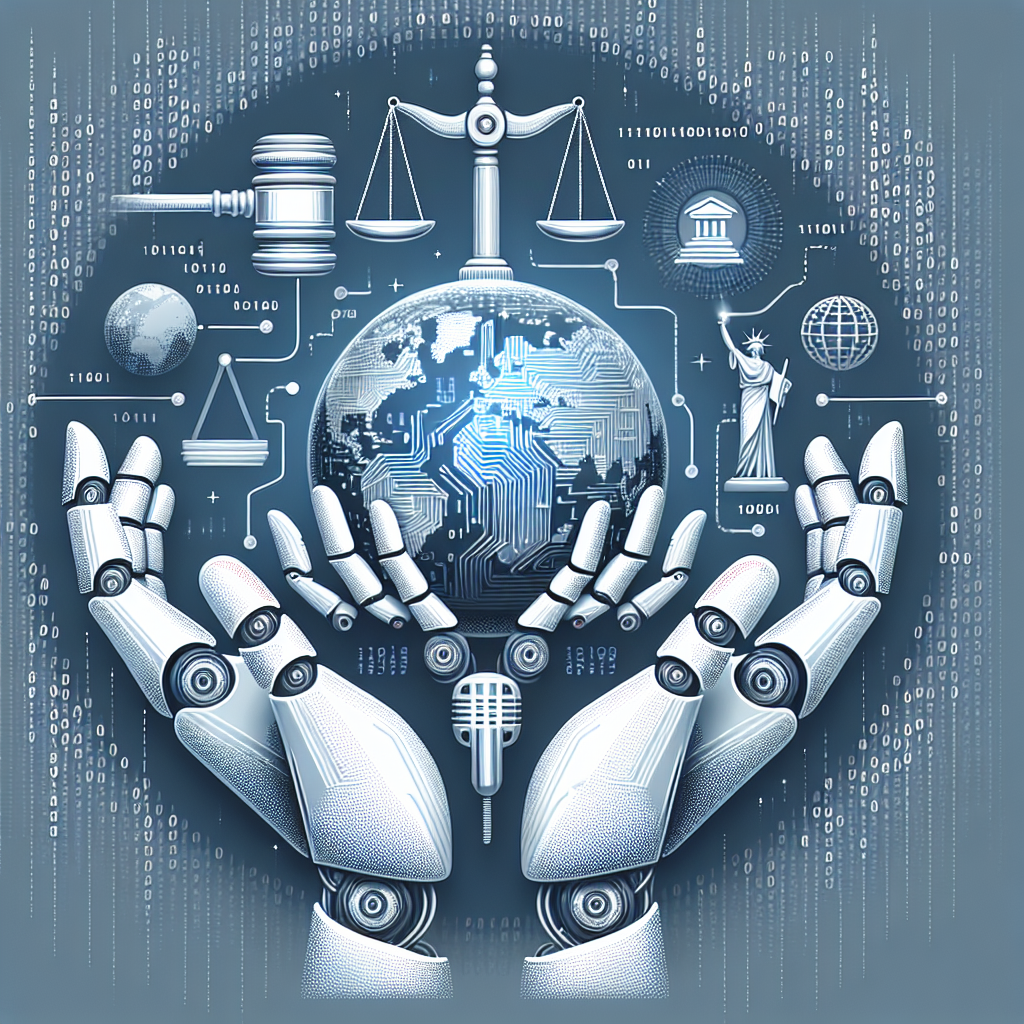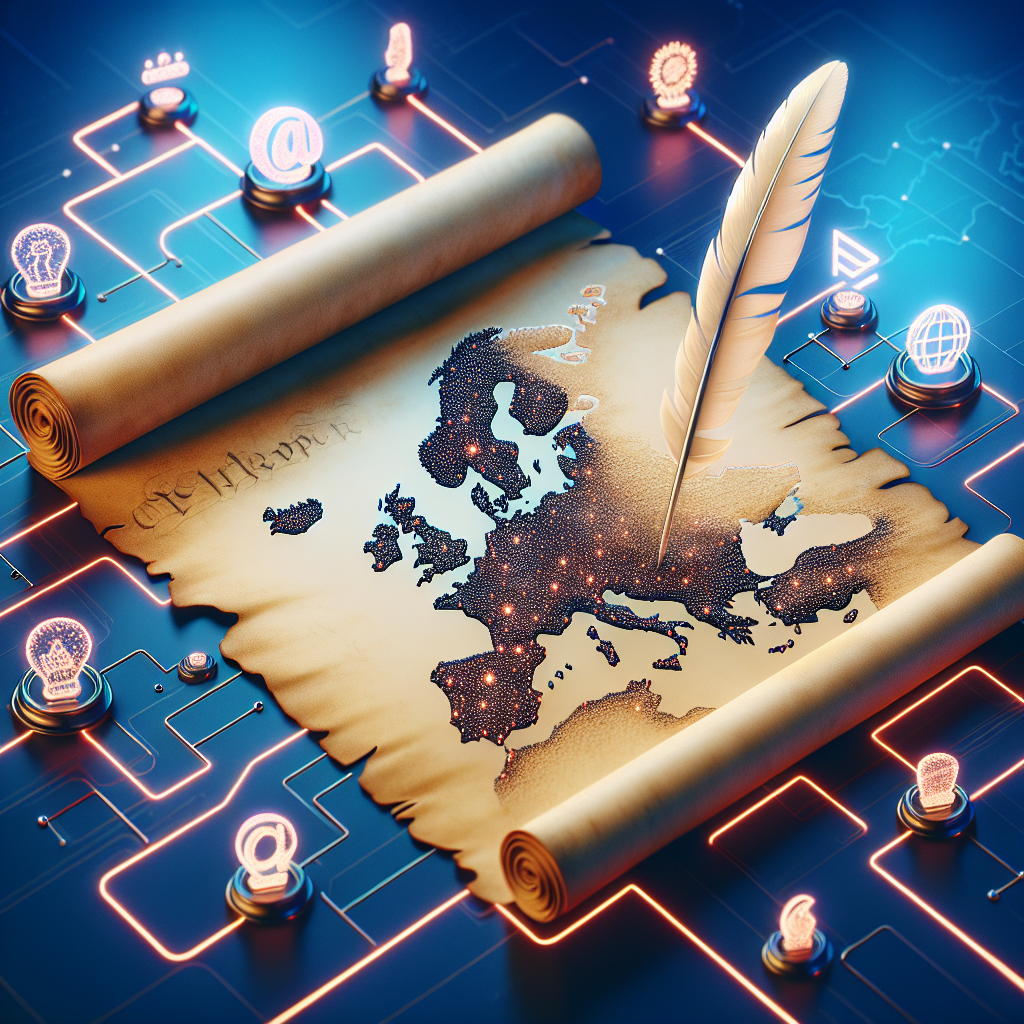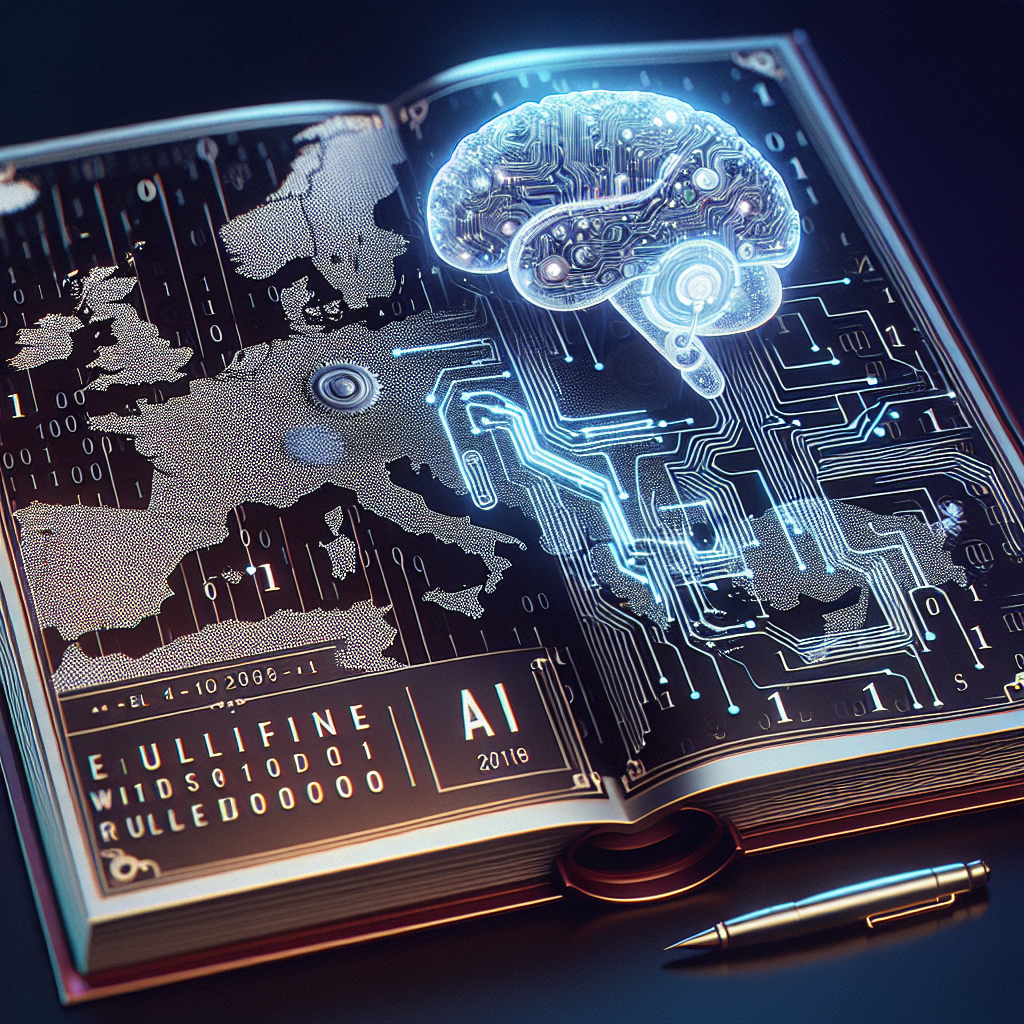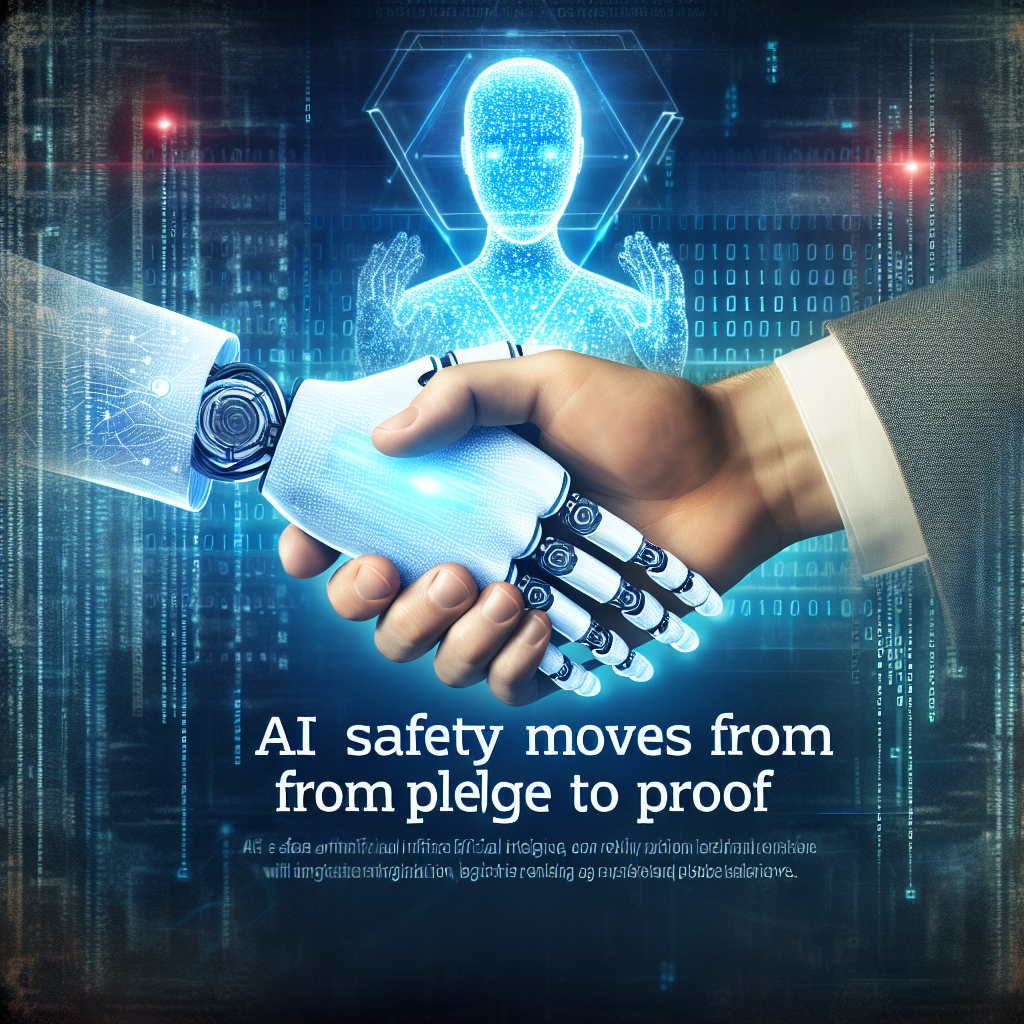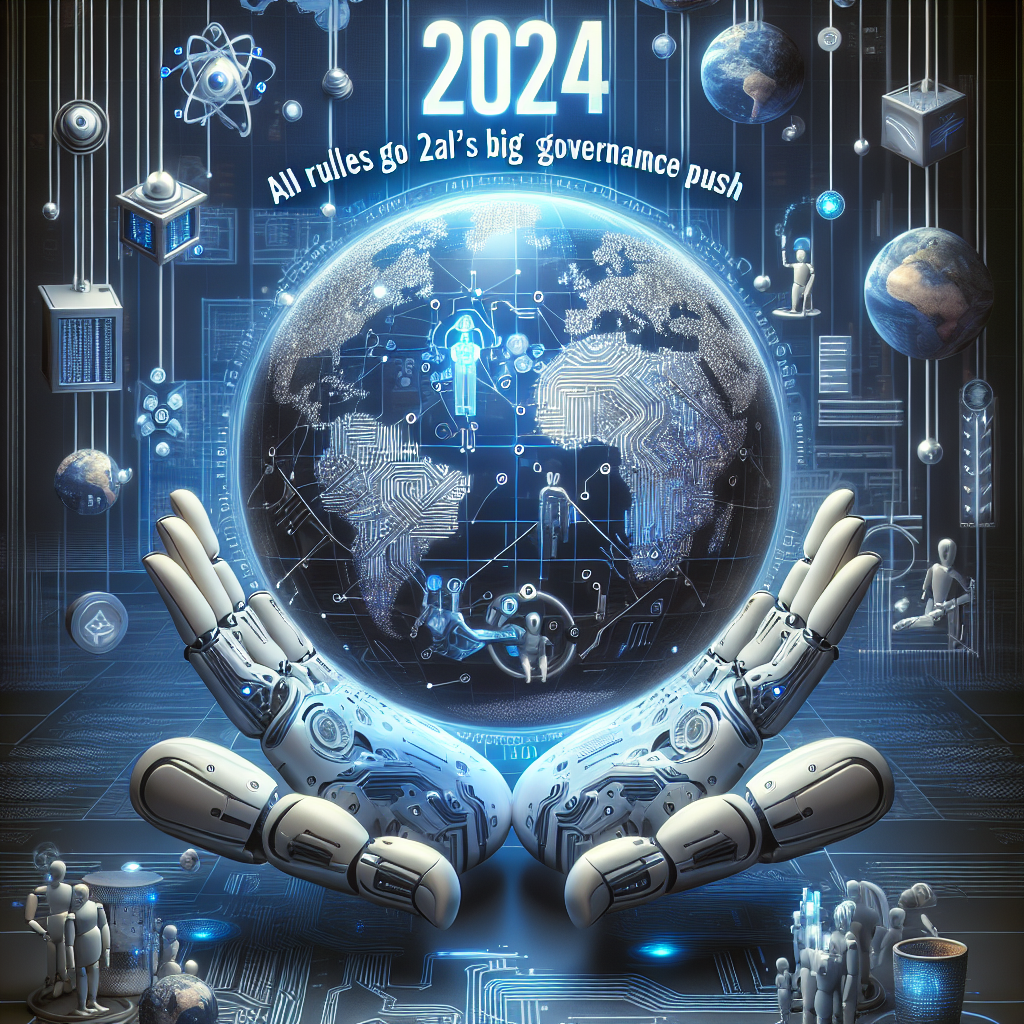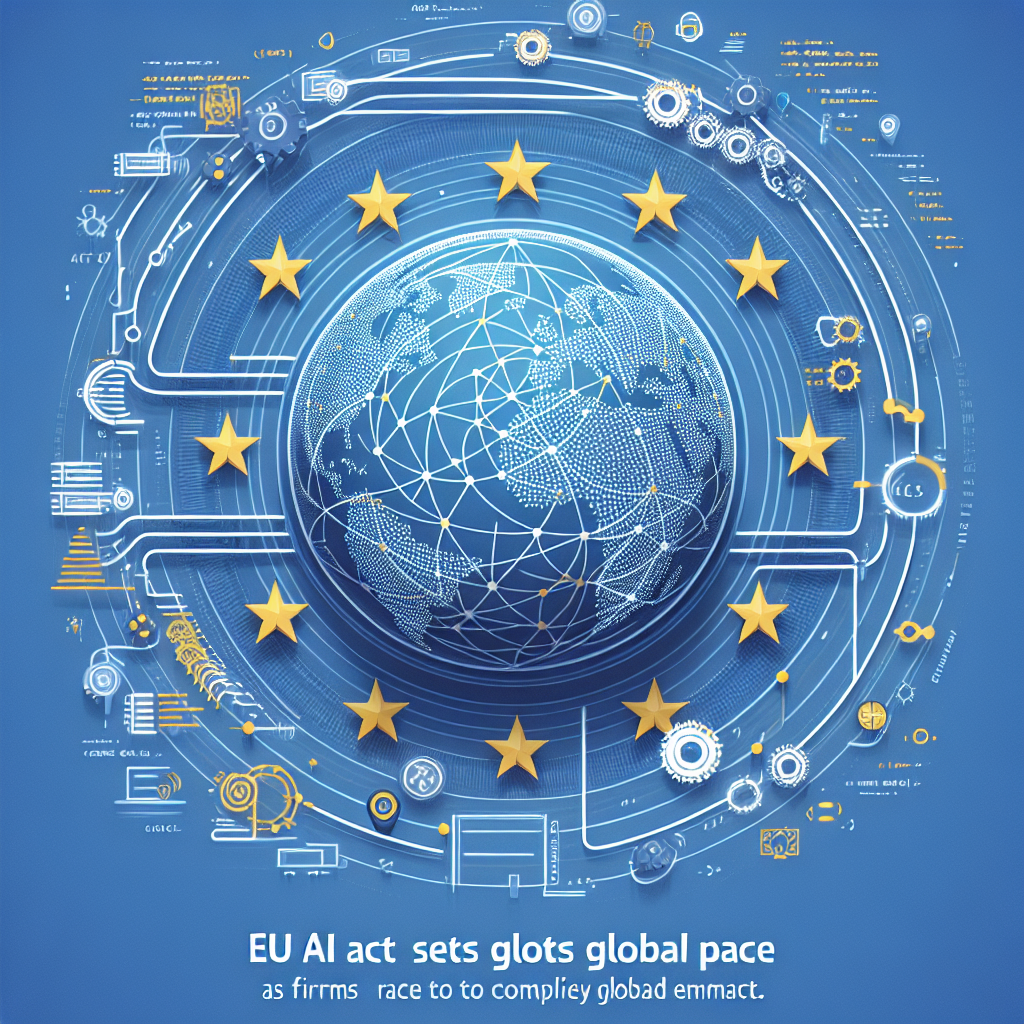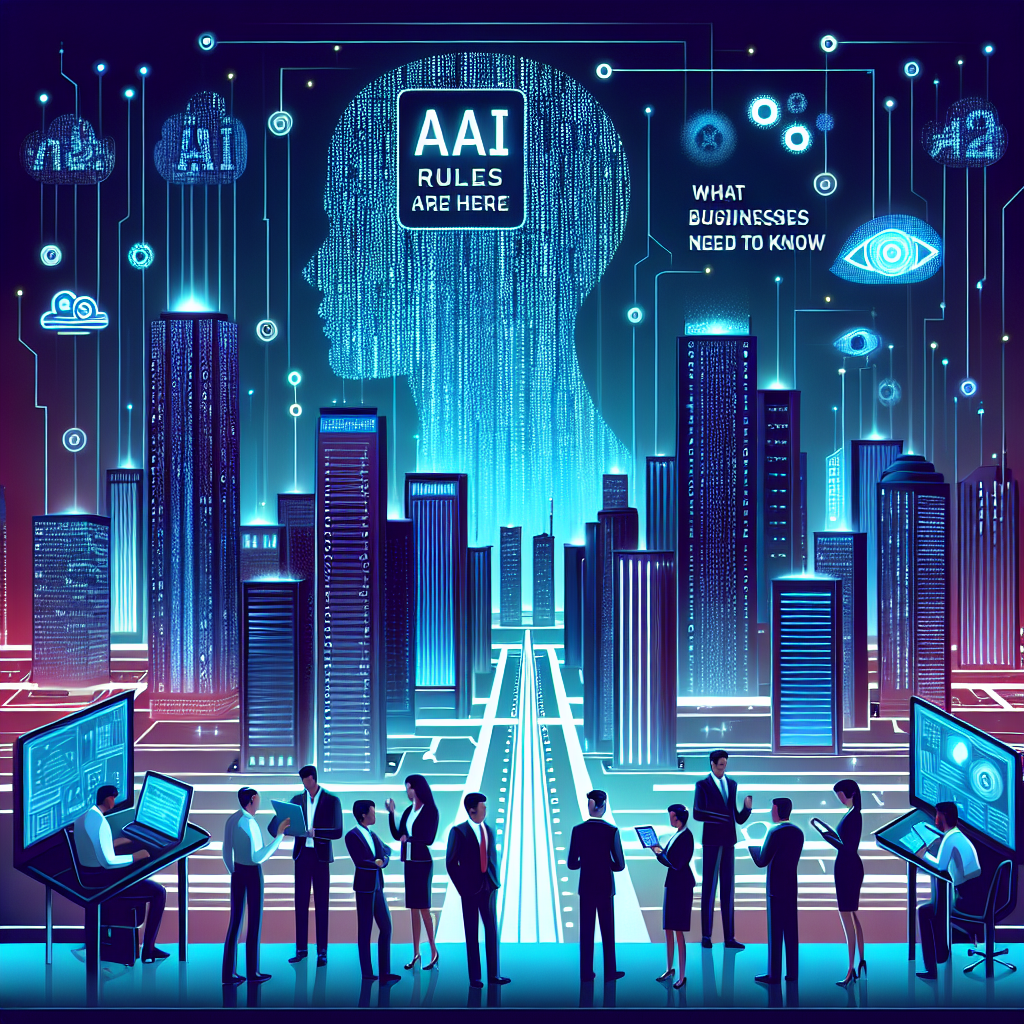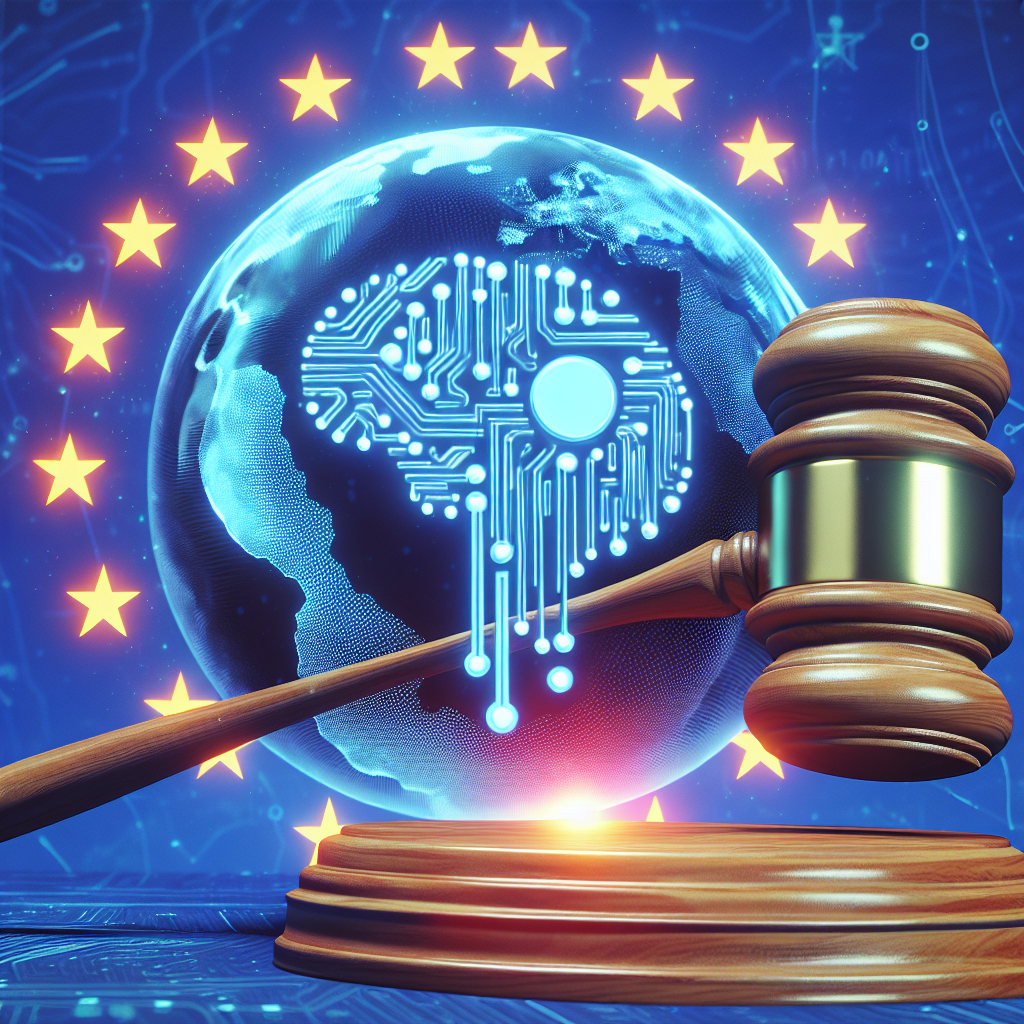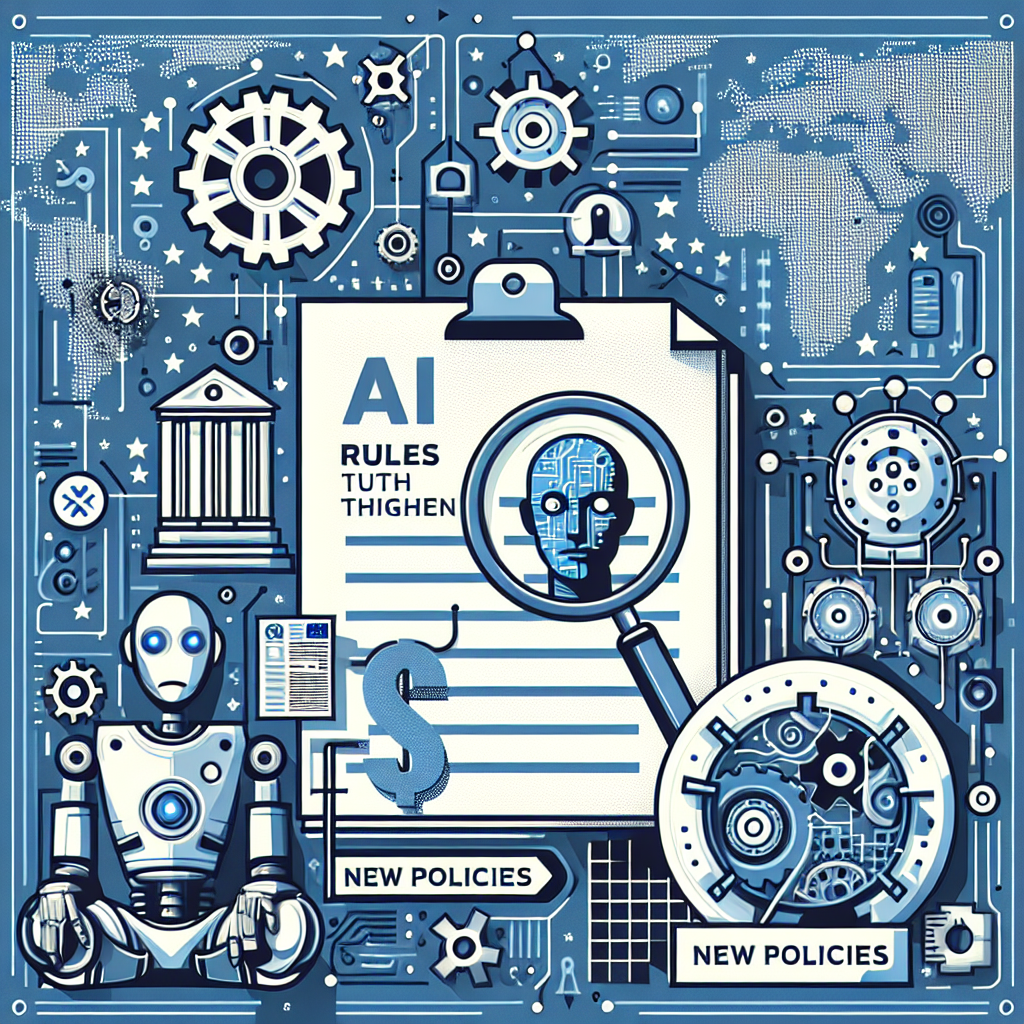AI Rules Tighten: What Changes in 2025

Governments move from principles to enforcement
New rules for artificial intelligence are moving from paper to practice. In 2025, companies that build or deploy AI will see tighter oversight, clearer guardrails, and more frequent audits. The shift is global. The European Union’s landmark AI Act begins phased obligations. The United States continues to implement its 2023 executive order on AI safety. The United Kingdom expands work at its AI Safety Institute. Other countries are drafting or updating national strategies. The message is consistent: innovate, but do so safely.
The stakes are high. AI is now embedded in search, customer support, logistics, and software development. It also touches hiring, credit, healthcare triage, and public services. Those uses carry benefits and risks. Policymakers are trying to harness the former and reduce the latter, without freezing progress.
What the EU AI Act demands first
The EU AI Act, adopted in 2024, is the first broad, horizontal AI law by a major jurisdiction. It applies in phases. The earliest obligations begin in 2025. The law bans a narrow set of practices, such as social scoring by public authorities and certain forms of manipulative or biometric categorization. Those bans apply within months of the law’s entry into force, which occurred in 2024.
Other parts come later. Rules for general-purpose AI (often called foundation models) begin in 2025. Requirements include technical documentation, transparency over training data sources, and risk management. The strictest duties apply to systems judged high risk. These include AI used in critical infrastructure, medical devices, education, employment, and essential public services. High-risk obligations—like quality management, testing, human oversight, and post-market monitoring—phase in over a longer period, into 2026.
The EU model uses a tiered approach. It permits most AI, restricts some, and bans a few uses. It also empowers national market surveillance authorities. Penalties can be large. For serious violations, fines can reach a percentage of global turnover. For companies selling into Europe, compliance planning is no longer optional.
U.S. pushes safety testing and oversight
In the United States, there is still no single federal AI law. Instead, the White House issued an Executive Order on Safe, Secure, and Trustworthy AI in October 2023. Implementation has continued through 2024 and into 2025. The order directs agencies to set standards, expand red-teaming, and ensure that key models are tested for safety before public release or government use. It tasks the National Institute of Standards and Technology (NIST) to develop evaluation frameworks.
One practical effect: companies training large models that could pose national security or critical infrastructure risks must share certain information with the government. Agencies are also looking at AI in hiring, lending, housing, and healthcare. The Federal Trade Commission has signaled it will use existing consumer protection and antitrust laws. As FTC Chair Lina Khan put it in 2023, “There is no AI exemption to the laws on the books.”
States are active too. Several have passed or proposed rules on automated decision tools. Sector regulators—like the FDA for medical AI and banking supervisors for model risk—are updating guidance. The overall direction is toward documentation, validation, and clear lines of accountability.
Safety debates intensify as systems scale
As models grow more capable, concerns have widened. They include bias, privacy, misinformation, intellectual property, and safety. They also include the energy and water used to train and run large systems. Supporters of rapid deployment point to gains in productivity and discovery. Skeptics ask for stricter controls, especially in sensitive fields.
Sam Altman, the CEO of OpenAI, told a U.S. Senate panel in 2023: “I think if this technology goes wrong, it can go quite wrong.” Alphabet’s CEO Sundar Pichai has described AI as transformative, saying, “AI is the most profound technology we are working on.” The contrast captures the policy challenge. Society is trying to keep the benefits while reducing worst-case risks.
International work is growing. The UK hosted the first AI Safety Summit at Bletchley Park in 2023, producing a joint declaration by dozens of countries. The U.S. and UK have both set up AI safety institutes to study and test advanced systems. Standards bodies are publishing metrics for robustness, transparency, and governance. These efforts will shape how laws are applied on the ground.
What companies need to do now
Legal teams are not the only ones on the clock. Product leaders, data scientists, and operations managers all have roles to play. The basic direction of travel is clear, even as details evolve.
- Map your systems. Inventory where AI is used in products and internal operations. Flag uses that may be high risk under the EU Act or sector rules.
- Build governance. Create an AI policy that covers training data, testing, deployment, and incident response. Assign owners. Keep records.
- Test and monitor. Run pre-deployment evaluations for safety, bias, privacy, and security. Monitor performance after release. Document changes.
- Explain decisions. Prepare clear user-facing disclosures for automated decisions. Provide human review where required.
- Manage data and IP. Track training data sources. Respect copyrights and licenses. Be ready to honor user rights under privacy laws.
- Prepare for audits. Maintain technical documentation, impact assessments, and logs. Expect requests from regulators and clients.
Startups face special challenges. Compliance can be costly. But clear rules may also lower uncertainty and improve trust. Enterprise buyers are asking more questions about safety and provenance. Good governance can be a sales asset as well as a regulatory requirement.
Impacts for the public
For consumers, the changes should make AI tools more transparent. Labels and disclosures will be more common. You may see notices when AI assists in a decision. In high-stakes areas—like credit or hiring—you should have avenues to contest outcomes. More consistent testing could reduce errors and bias. But there may also be trade-offs. Some services could be slower to roll out. Others may cost more to cover compliance work.
For workers, AI will continue to reshape tasks. It can accelerate routine drafting and analysis. It can also create new kinds of oversight and quality control roles. Training will matter. Employers are experimenting with internal policies that set guardrails and promote upskilling. Regulators are watching for unfair surveillance or unsafe automation.
What to watch next
- EU timelines. Watch the dates for prohibited uses, general-purpose AI duties, and high-risk obligations. Guidance from Brussels and national authorities will clarify details.
- U.S. enforcement. Look for FTC actions on unfair or deceptive AI claims. Track sector regulators’ updates on testing and documentation.
- Standards and tests. NIST and international partners are publishing evaluation methods. Those will influence procurement and audits.
- Elections and misinformation. 2025 will test content authentication tools and platform policies against AI-generated media.
- Open-source rules. Expect debate over how safety requirements apply to open models and research releases.
The next year will not settle every question. But the direction is set. Governments want proof of safety, not just promises. Companies are learning to ship AI with the same rigor they use for security and privacy. If that balance holds, the technology can grow with more trust and fewer surprises.


































